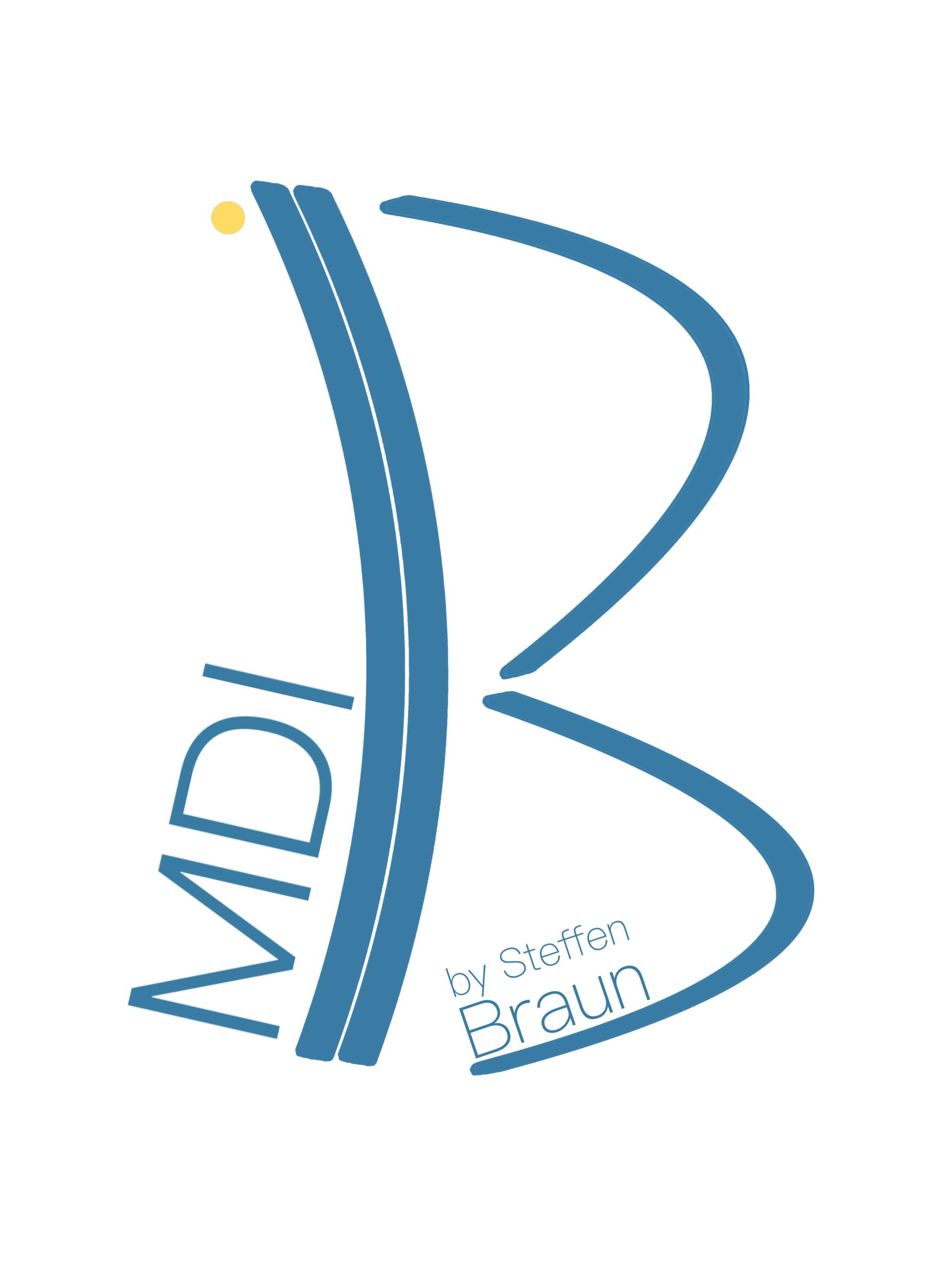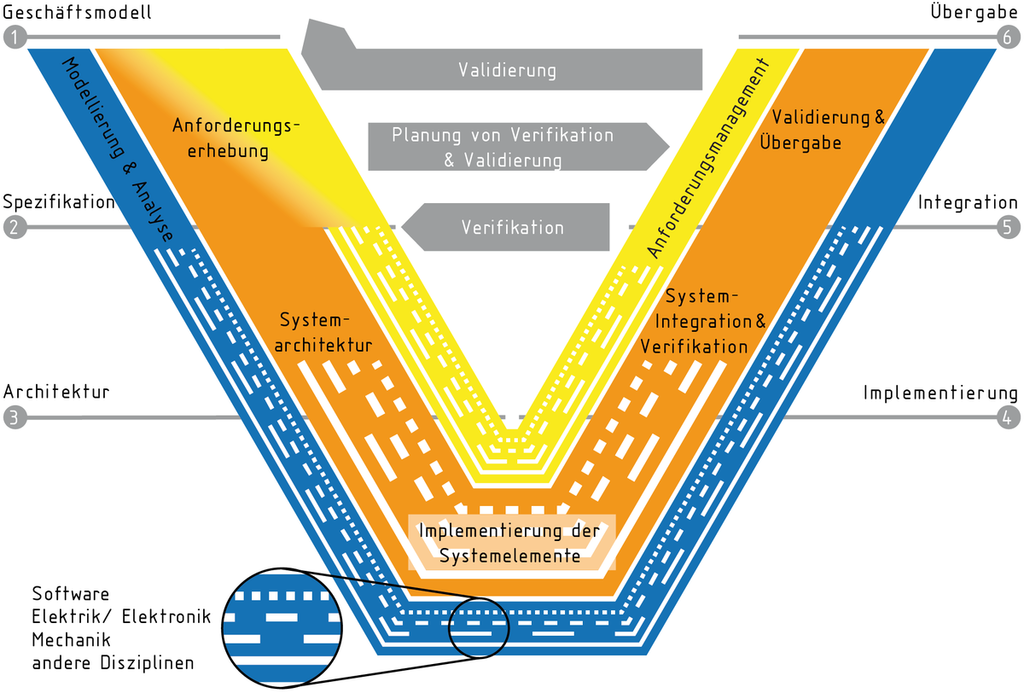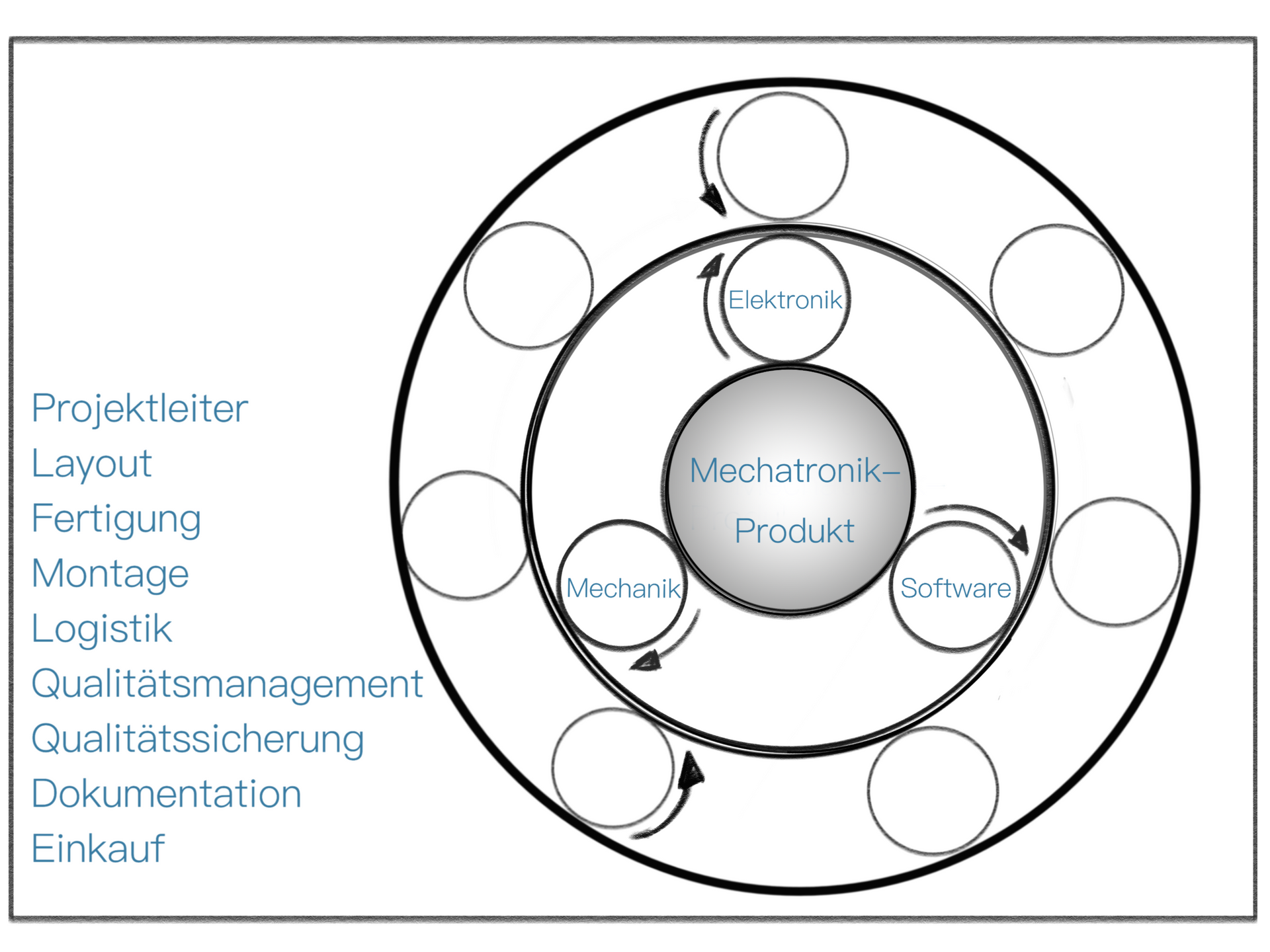The optimal product development
The product development process of
electromechanical and mechatronic devices
(Image: pexels-pavel-danilyuk-4917629243030
Electronics and software: What is still missing for a well-rounded product? Electronics must be protected and the environment must be protected from the electronics: the electronics designer designs the housing for it.
A good operating concept, beautiful design or simple connection technology: the electronics designer is at work.
Together in the team with electrics/electronics and software and the electronics designer, innovative products are achieved that combine everything optimally.
MDI - Innovations for mechatronic products
The I in MDI stands for innovation. You can use my experience to support your innovative strength. In more than 20 exciting years in product development, I have been able to gather a lot of insights.
Here I would like to present the optimal product development process for the field of electromechanics and mechatronics. In comparison to classic mechanical engineering, several work areas play an important role at the same time.
Innovations are much more successful when the areas of electrical engineering, mechanical engineering and software are ideally coordinated with one another.
The well-known construction process
Every developer and every company knows the phases of a product development process.
They are well known to us from construction theory in training and study programs:
From market research, idea generation and concepts to development and market launch.
More detailed descriptions are provided, for example:
- Pahl/Beitz with the four-phase model, the star-gate model or the waterfall model.
VDI 2206
VDI 2206 describes the product development process as a V model. VDI 2206 was recently updated. With the new edition, the V-shaped process has been described in more detail:
A magnifying glass is shown at the bottom left, showing three dashed lines. These represent the three areas of mechatronic product development: software, electrics/electronics, mechanics.
All three lines run parallel, starting with specification and continuing through integration.
This shows the importance of the networked development activities of these three areas.
Synergy effects arise from their close cooperation.
Truly innovative devices in electromechanics or mechatronics can be created.
(Image: VDI 2206)
The mechatronic circuit
I like to describe the collaboration in a team of 3 in the form of a planetary gear: the 3 most important disciplines electronics, mechanics and software run as planetary gears around the sun gear "mechatronics". All other project participants such as project managers, layout, production, etc. are located further out.
In order for the circle to rotate, the electronics, mechanics and software must meet important requirements: the same direction of rotation, the same speed, coordinated gearing.
You can well imagine what happens when one of the 3 partners no longer works optimally with the others: it gets stuck and snags, it turns sluggishly. The other 2 partners may have to put in more power to keep the wheel turning...
For me, a project with an uncertain outcome in terms of costs, scheduling and product quality.
In addition, effectiveness and efficiency should be taken into account:
- We have to work effectively, so everyone has to do the right thing. By this I mean the distinction between the very similar specialist areas. This is especially true between electrical engineering and software and electrical engineering and mechanics. Everyone has to know the limits and work accordingly. It is best to record these votes in writing. And the work must also be efficient: each of the three must do the right thing in the right way. Everyone must be trained and have the qualifications that the person needs for the position in the team. From my experience, I see enormous potential here, especially for the mechanics part. He currently has no opportunity to learn all the necessary topics in a targeted and structured manner.
(Image: MDI)
For the electronics designer, efficiency is easily achievable through further training at MDI:
- tailored to his area of work, in his technical language, from practice for practice.
Do you need more information or advice?
Learn through my book "Guide for the Electronics Designer, Volume 1" or
the annual email course “PCB Basics”.
Or contact me directly:






